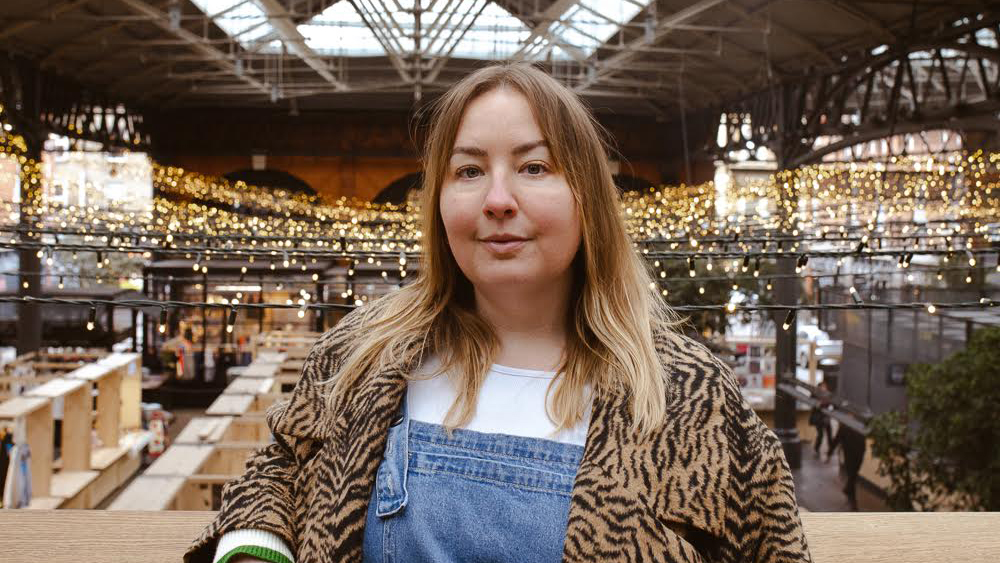
Katie Peake is co-founder of Backlash, a brand experience agency that specialises in retail and beauty. Starting out as a designer for a shopper marketing agency working for FMCG brands such as Asda and Greggs, Katie then progressed into a range of art director roles, where she discovered the emerging worlds of experiential and brand experiences.
As creative director of an agency, she created globally recognised experiential work for multimillion pound client Coca-Cola and has since set up Backlash with her two business partners. I caught up with her recently as part of our Day in the life series, to discuss the freedom that comes with experiential marketing, how Backlash aims to rehabilitate burntout creatives and the importance of not hiding your true self at work.
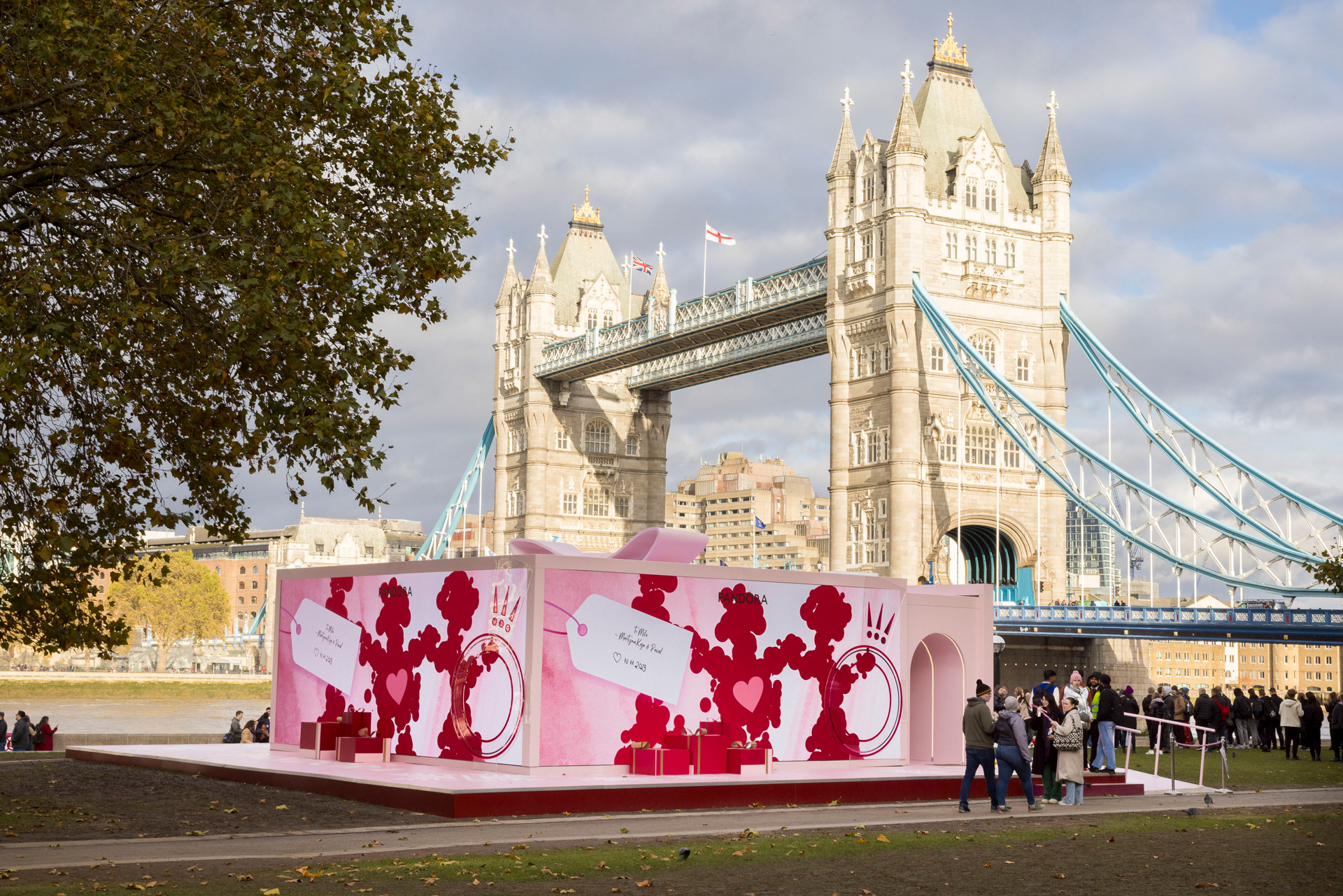
Tell me about a typical day in your role
I am the creative director at Backlash and my day-to-day role is to direct and lead the creative direction of the business. I manage a team of eight creatives and producers split between art directors, designers and production.
I aim to work on as many client briefs as I can ensuring that I come up with disruptive and fun concepts that demonstrate a high level of creativity that clients remember us for.
A typical day for me starts off with reviewing and checking the creative traffic for the day which I'm in charge of – so every day I book and make sure that the creative team are working on their projects and have enough time allocated to make sure they are not rushing or feeling stressed.
I also lead client meetings, so I have regular catch ups with clients, making sure that their projects are staying true to the creative concept and they are happy as we progress through each milestone. Typically a pop-up shop takes between 3 - 4 months from start to finish.
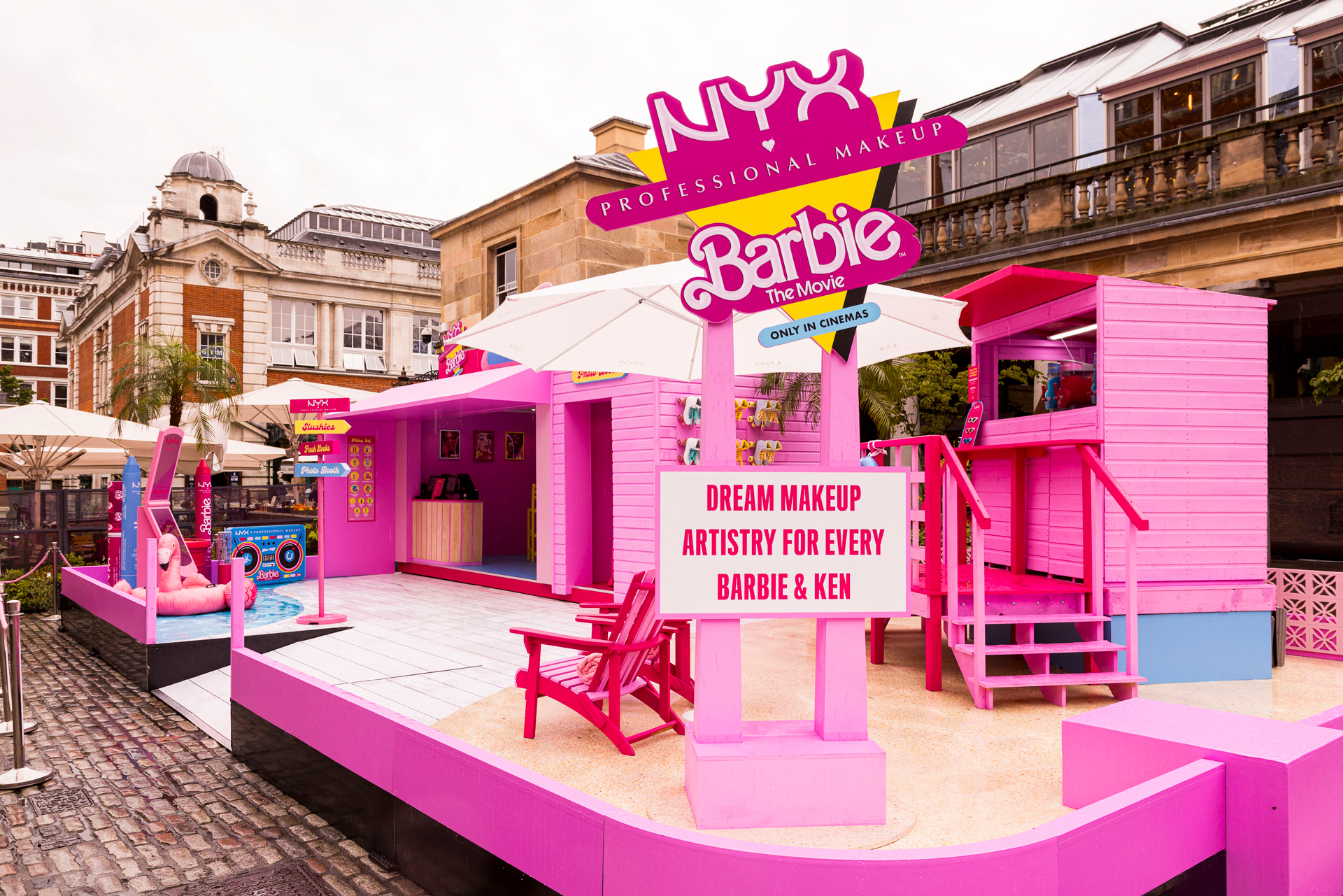
Which project are you most proud of?
The NYX and Barbie movie makeup collaboration! We created a bright pink Barbie beach in the middle of Covent Garden in the summer of 2023. It's one of my favourites because conceptually it was really disruptive and everybody got that it was a Barbie beach straight away. It was based on the hype of the Barbie movie so loads of different marketing campaigns were coming out in collaboration with the Barbie movie. It felt really exciting to be a part of that and create something really big and physical to promote the film and the new makeup collaboration.
Customers were invited to have a free makeover and then enjoy free slush puppies on sun loungers on the beach. We had parasols, we had fake sand, so it was really fun and super-immersive. The event was for all Barbies and Kens celebrating diversity and inclusivity, which the NYX brand does really well.
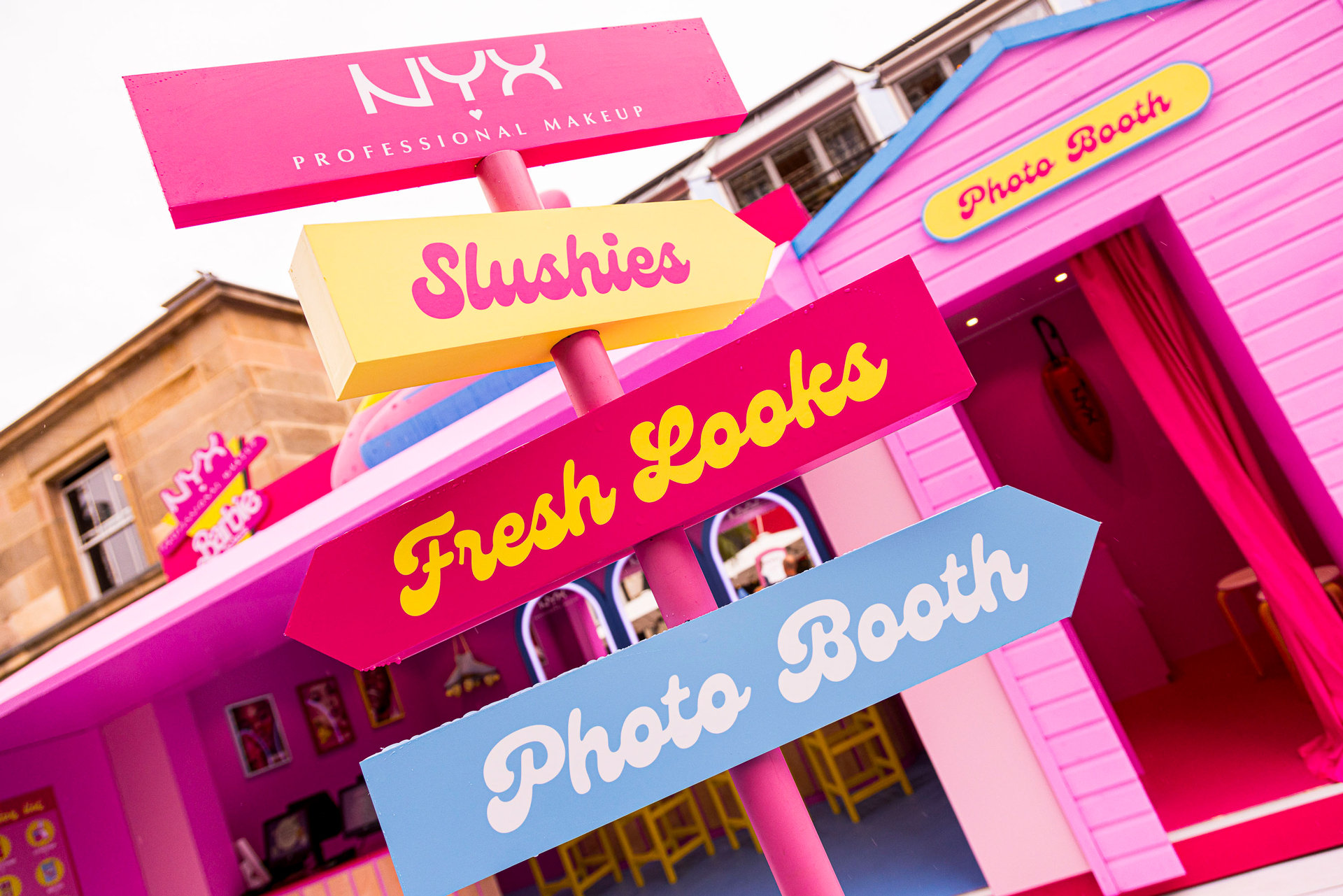
Tell me about a tricky work-related challenge and how you approached it
One of the trickiest work-related challenges that we come across quite regularly is understanding what experiential means to clients and what they are expecting experiential to do for their brand. So what I mean by that is experiential as a ‘marketing platform’ is to create real-life physical experiences for customers. It's about changing customers perceptions of a brand, giving them an emotional experience and being able to have those one-to-one conversations with customers directly.
One of the challenges that we face is that some of our clients expect experiential to be able to go further than it can, for example, we will often get asked ‘if people can't attend the event what's the experience they get online – whats the online reach?’ and that's really difficult for experiential because you're asking a platform that is focused on being a physical experience for a small number of people to do something that's it’s not really meant to do.
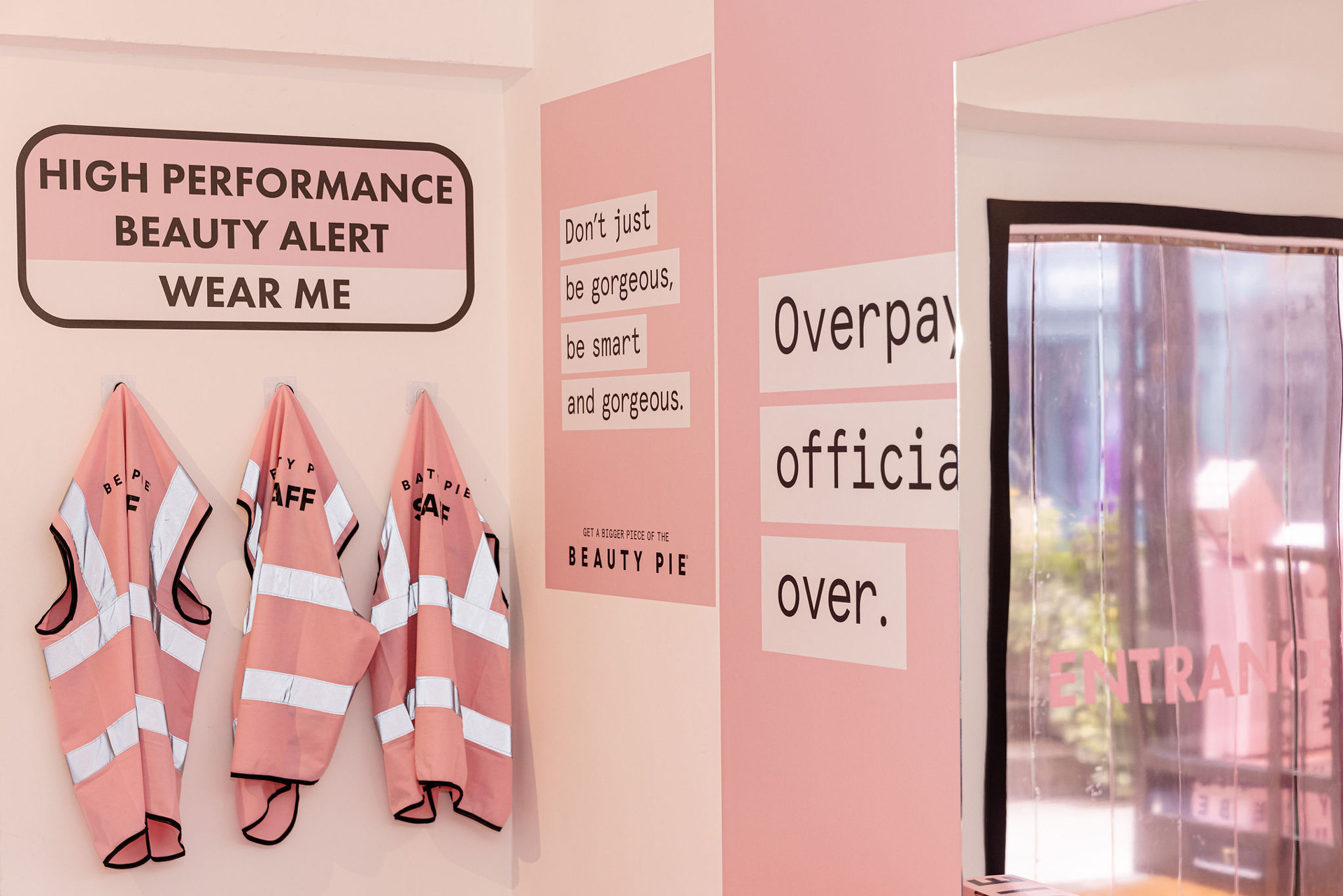
What was your early career like?
I've been working in the industry for 15 years. I started life as a junior designer and worked my way up and realised quite early on that I actually preferred the conceptual side of working in an advertising agency, so I moved to becoming an art director. By the age of 27 I was the creative director of an experiential agency that led all the Coca-Cola experiential work.
Those are my successes, but also my career was really challenging as a woman and also being quite young. I experienced a lot of workplace bullying by male creative directors and upper management and this led to me really struggling in the industry and feeling like I constantly had to prove myself at the sacrifice of my own happiness.
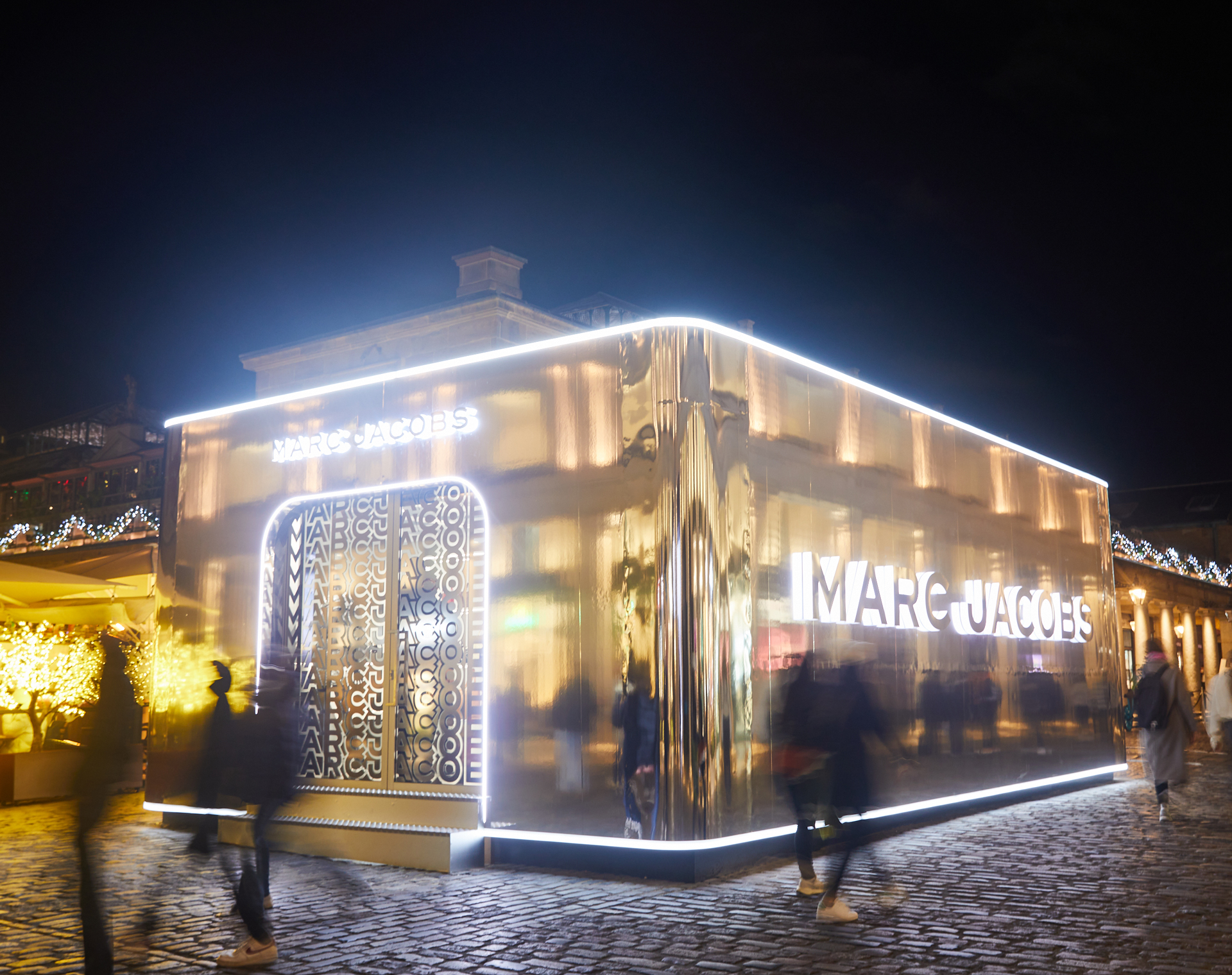
What attracted you to experiential design?
I always say that experiential is like real-life Grand Designs, but on a smaller scale, because you basically have freedom to create structures that you would never dream of creating.
From a creative point of view, experiential ticks so many boxes because you have complete free rein to be creating super-creative and disruptive spaces that no one has seen before.
It's also one of the only advertising platforms where you get to speak directly to customers on a one-to-one level so for me being able to come up with disruptive creative and also being able to create emotional experiences for customers was really attractive.
I felt the experiential stood apart from other typical advertising formats, such as printing TV, and ultimately, I just saw a massive creative freedom from being able to come up with bonkers ideas that would then be built into real life physical things.
I think as an advertising platform it also ticks a lot of boxes, especially when it fits into clients' marketing campaigns. It works across social media, pre-awareness, paid-for media, and also PR.
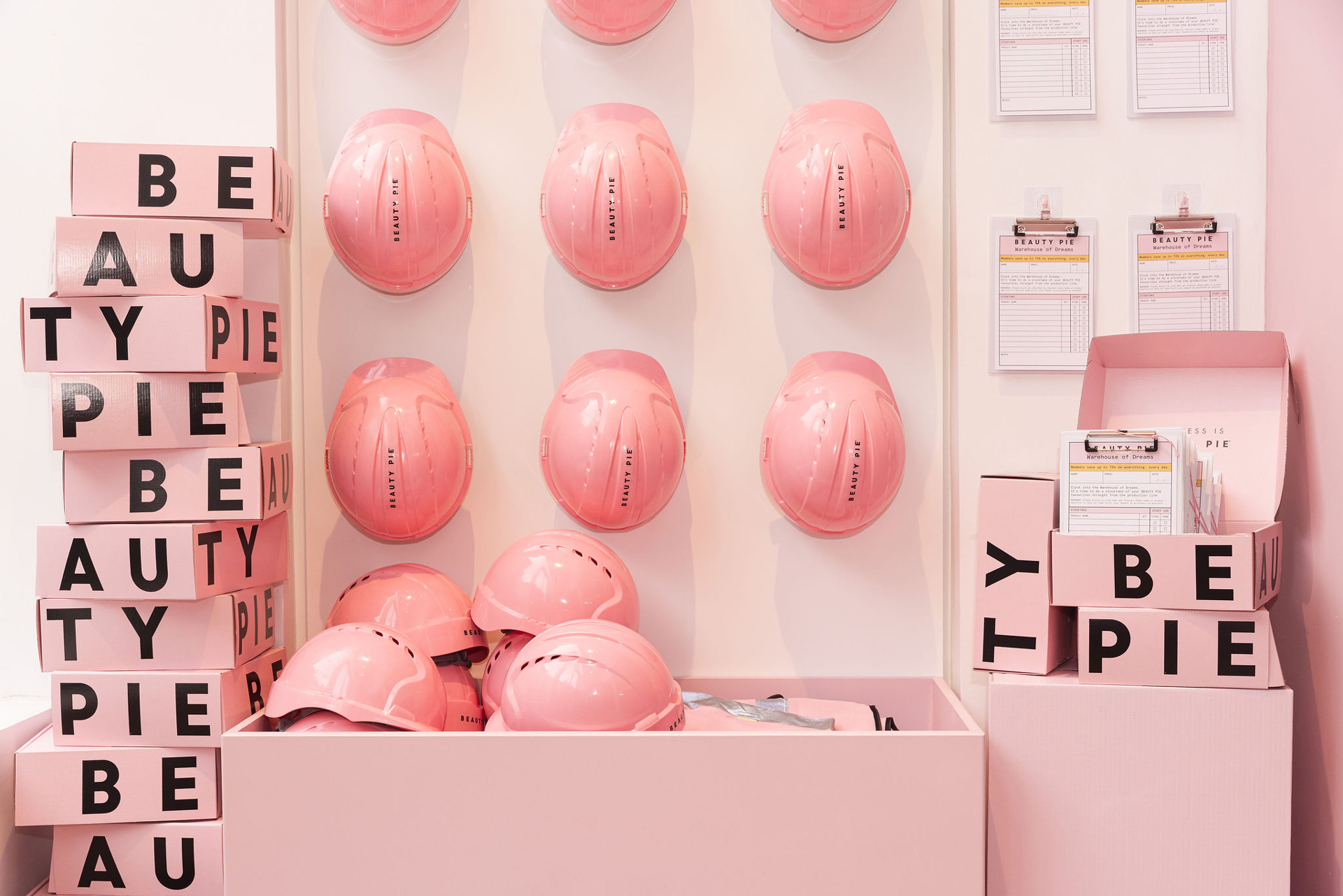
What makes a good pop-up?
A disruptive creative idea is what makes a good pop-up. What we are seeing with Gen Z especially is that they are looking to shop on the high street and actively looking to attend pop-up shops, so leading with a disruptive idea is what is going to get people talking about a pop-up and get them excited to attend.
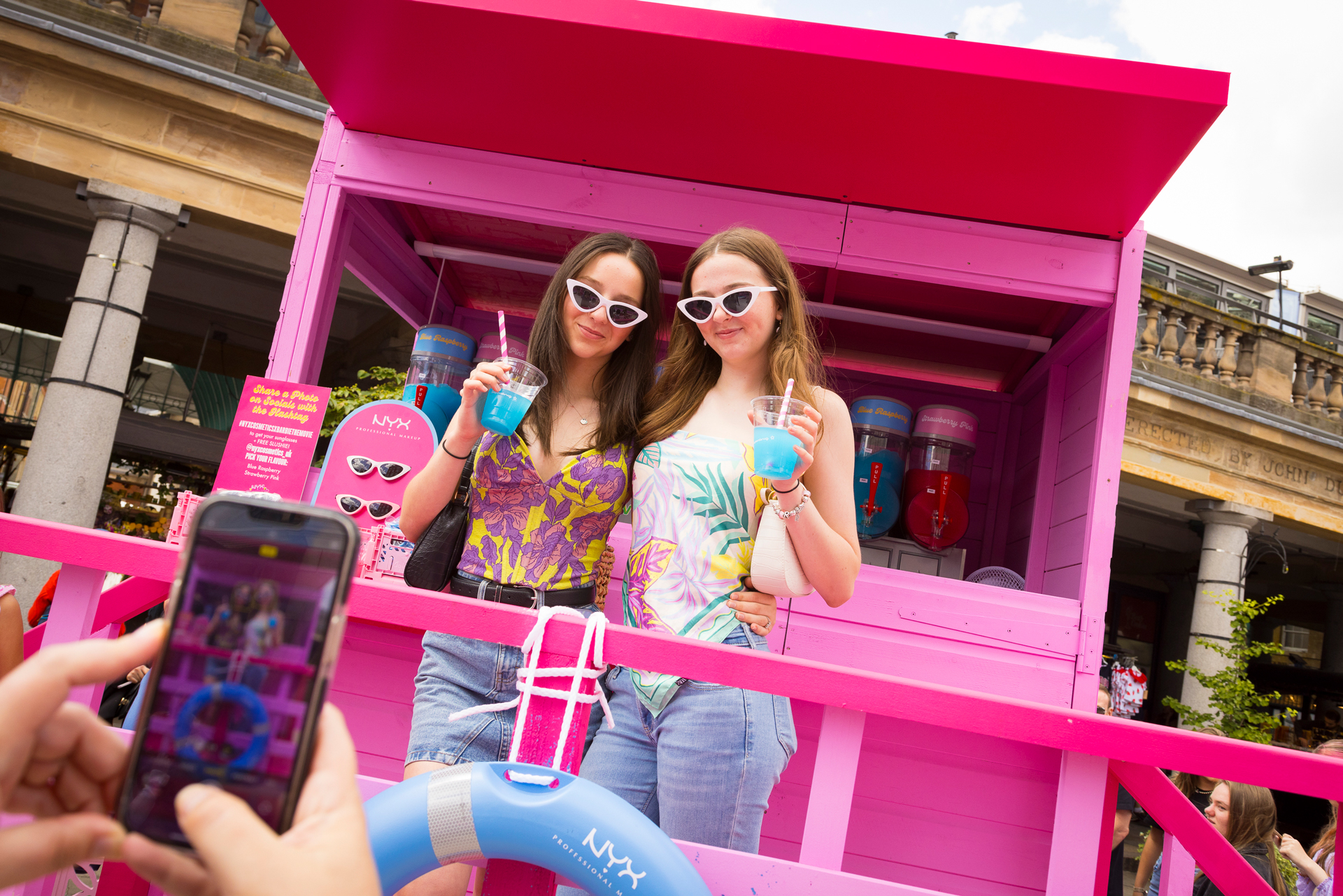
Why did you decide to set up Backlash and what have you learned from doing so?
I set up Backlash seven years ago. Firstly, from a creative point of view, I had been the creative director at a number of agencies and had become frustrated that my creative work was being watered down and not being put in front of the client as I wanted it to be seen. I believed the only way that I could get around that was by setting up my own agency so I could put my disruptive and brave ideas in front of clients myself.
Secondly, Backlash is all about looking after the people that work for us. That's why it's called Backlash, we look after people and we genuinely care about our employees. Backlash mainly started because I believe that the industry doesn't look after creative talent and I often feel that the creative talent in advertising is exploited and not nourished or nurtured, so Backlash aims to rehabilitate burnt out creatives by offering them a 9 to 5 role where we stop at 5 pm, and we don't work beyond those hours. We encourage all employees to have a life outside of work and we have flexible working so you're in the office for some days and at home for others and also have ample benefits. Mental health is a massive importance too, especially knowing that creatives are more susceptible to mental health problems, so Backlash was created as a safe space for creative minds.
I have learnt – as I always suspected – that you don't have to have an agency model that looks like all the other ones out there. By nurturing my team and the talent within the agency, staff turnover is very low. We have healthy work life balances and the creative output of the agency is what is winning us industry awards, client recognition and repeat projects coming our way.
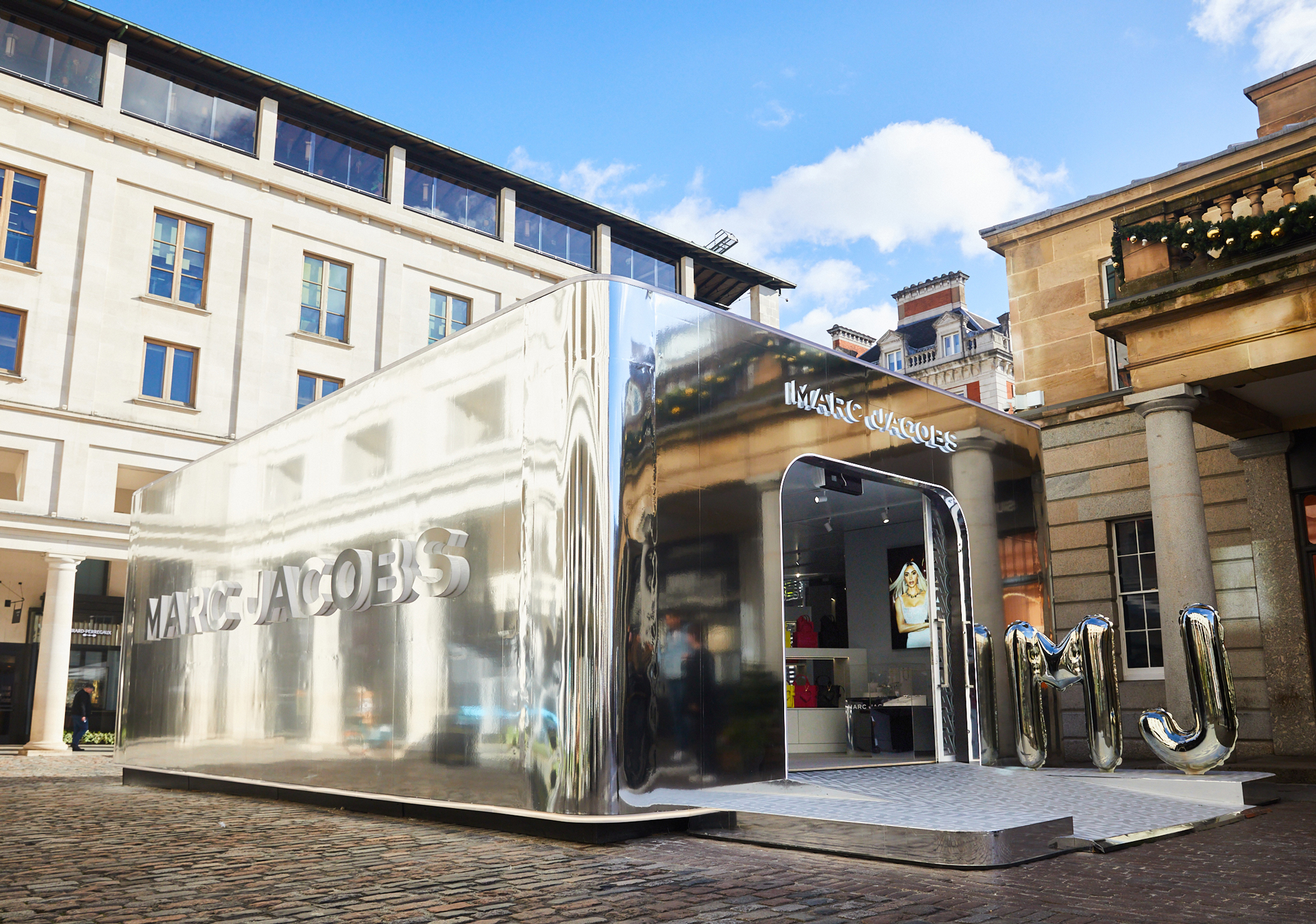
How inclusive are the creative industries in 2024?
12.6% of creative directors are female, so I think this answers the question of how inclusive the creative industry is in 2024! Ten years ago it was 3% as I was a part of the 3% club so it’s gradually changing, which is a good thing.
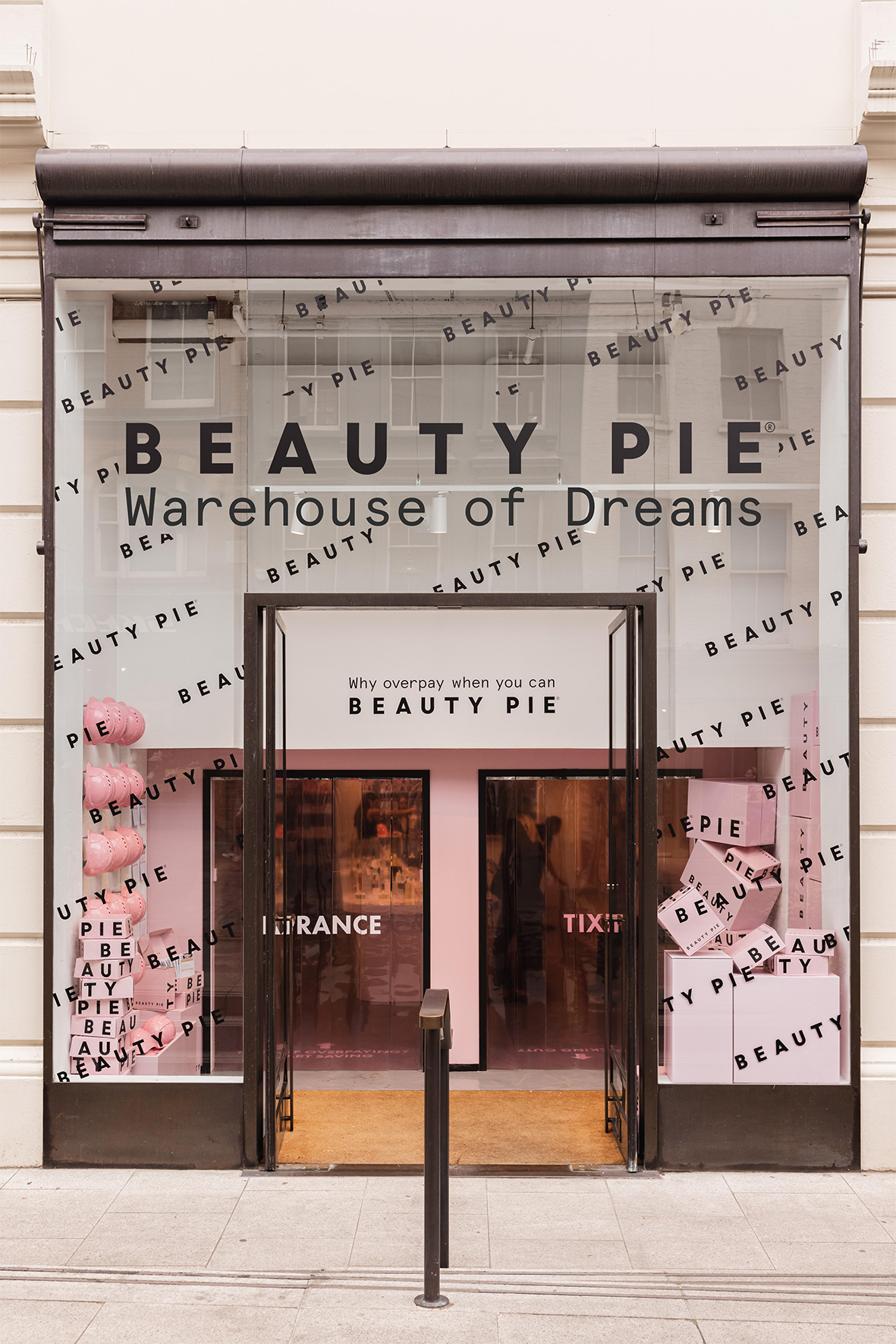
Who's your dream client?
My dream client is a brand or organisation that wants to do something rebellious and wild. Who doesn't want to play it safe. This could be a charity such as Greenpeace that wants to disrupt or equally it could be a makeup brand that wants to do something completely wild, pushing the creative boundaries, and pushing what people have seen before being completely rebellious and refreshingly new.
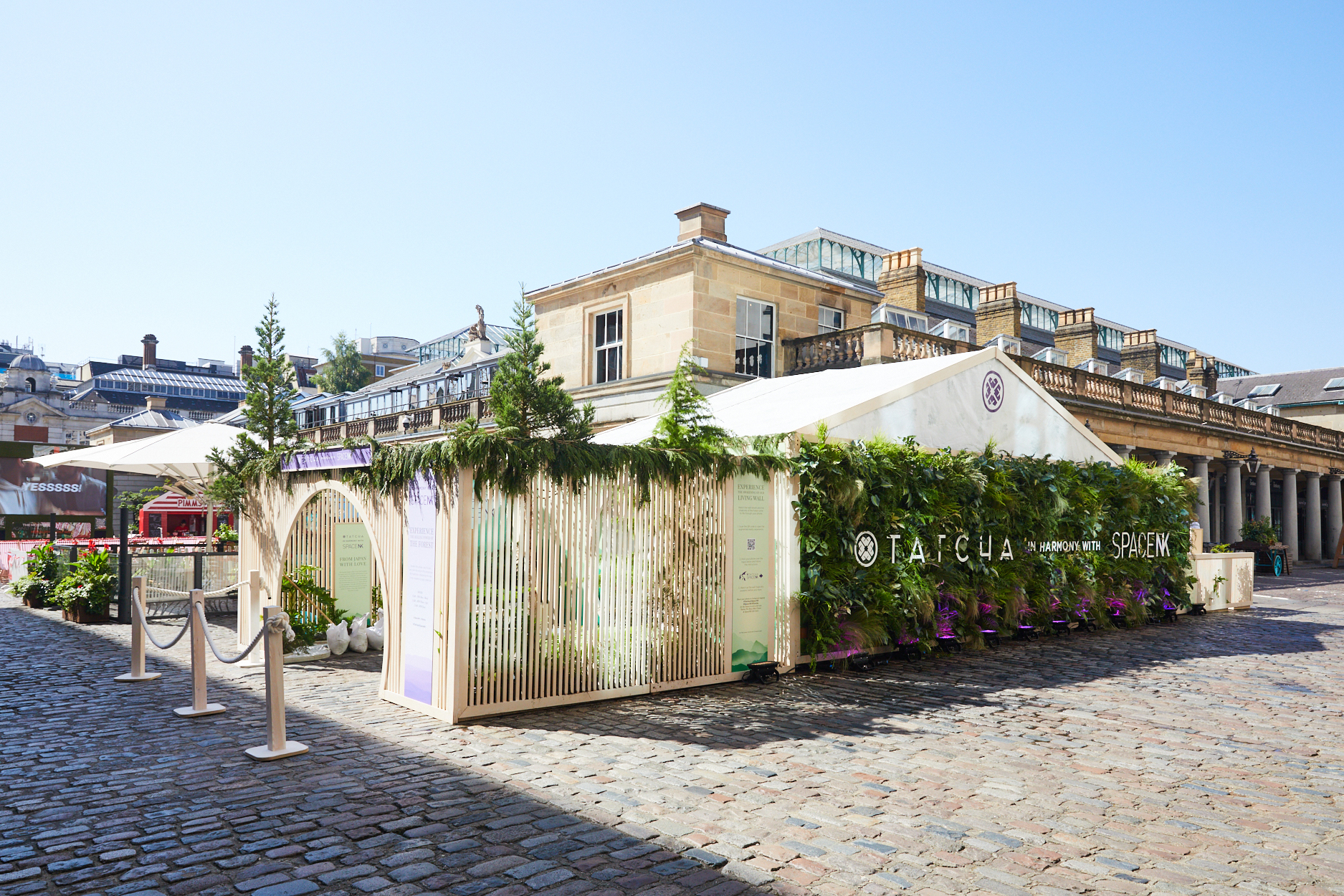
What career advice would you give your younger self?
When I was younger, I had a lot of self doubt and a lot of bad managers telling me that I wasn't talented. I would tell myself not to listen to those people and that just because they have the title ‘senior’ doesn't mean they know what they are talking about – they're actually not very nice people. I would tell myself that I am talented and not push myself so far that I make myself sick, trying to impress those people. I would also say let your freak flag fly and stop hiding who you are to fit in.
At my very first job, my creative director at the time gave me some advice that I still listen to now, and that is be kind to people on the way up because you never know who you're going to hit on the way down. At the time I didn't understand what that meant, because I thought when you're at the top of the industry you're untouchable, but as I progressed and became more senior a lot of my managers were asking me for freelance jobs or gigs.
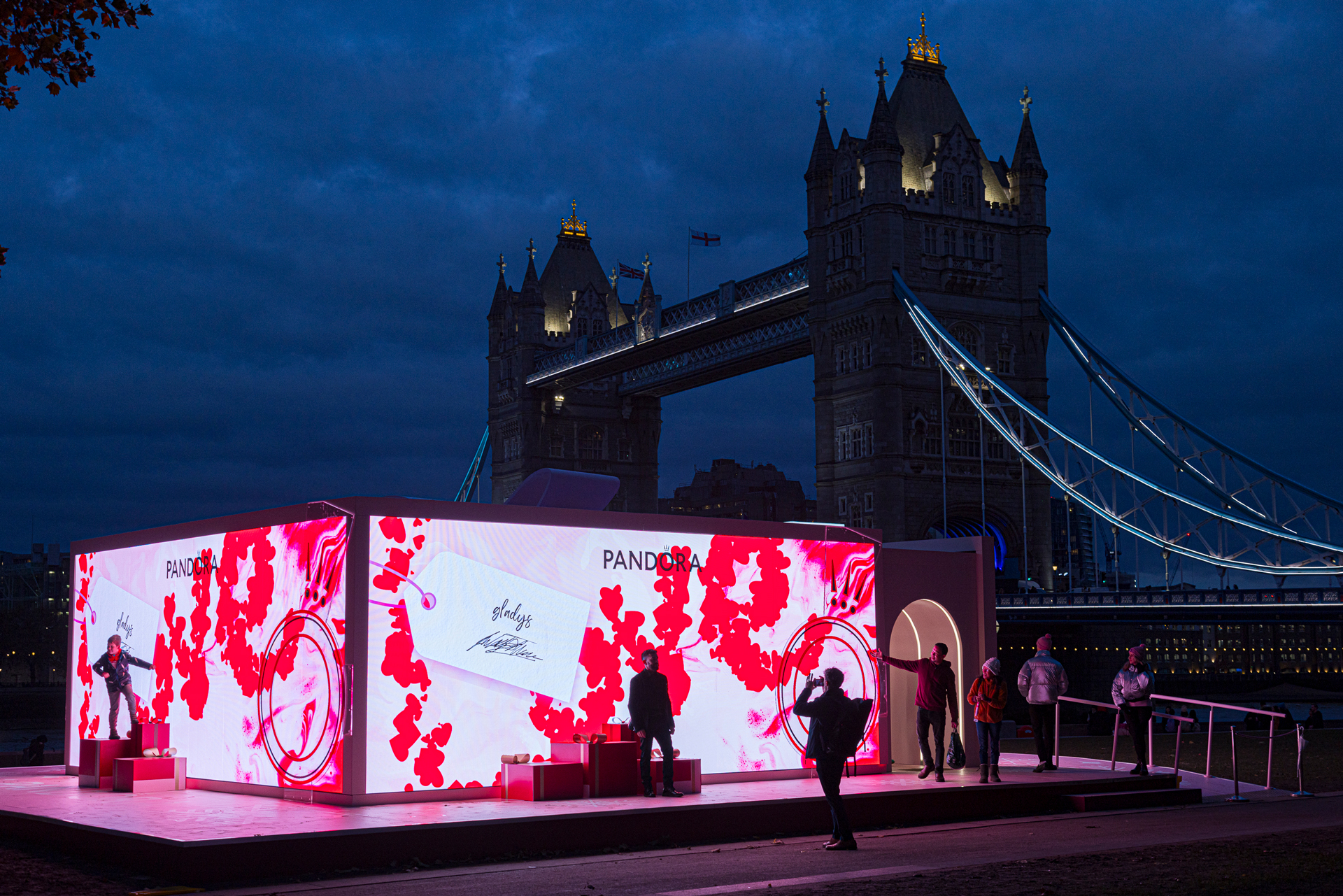
What do you do when you get stuck for ideas?
When I get stuck on ideas, I find that going back to the start is the most helpful thing to do. Often it might be that a brief isn't clear enough so you need to go back to the very beginning and ask the difficult questions. Sometimes when you are struggling to come up with ideas, it's because you've gone too far down a certain path and I feel that just starting over again, fresh, often really helps.
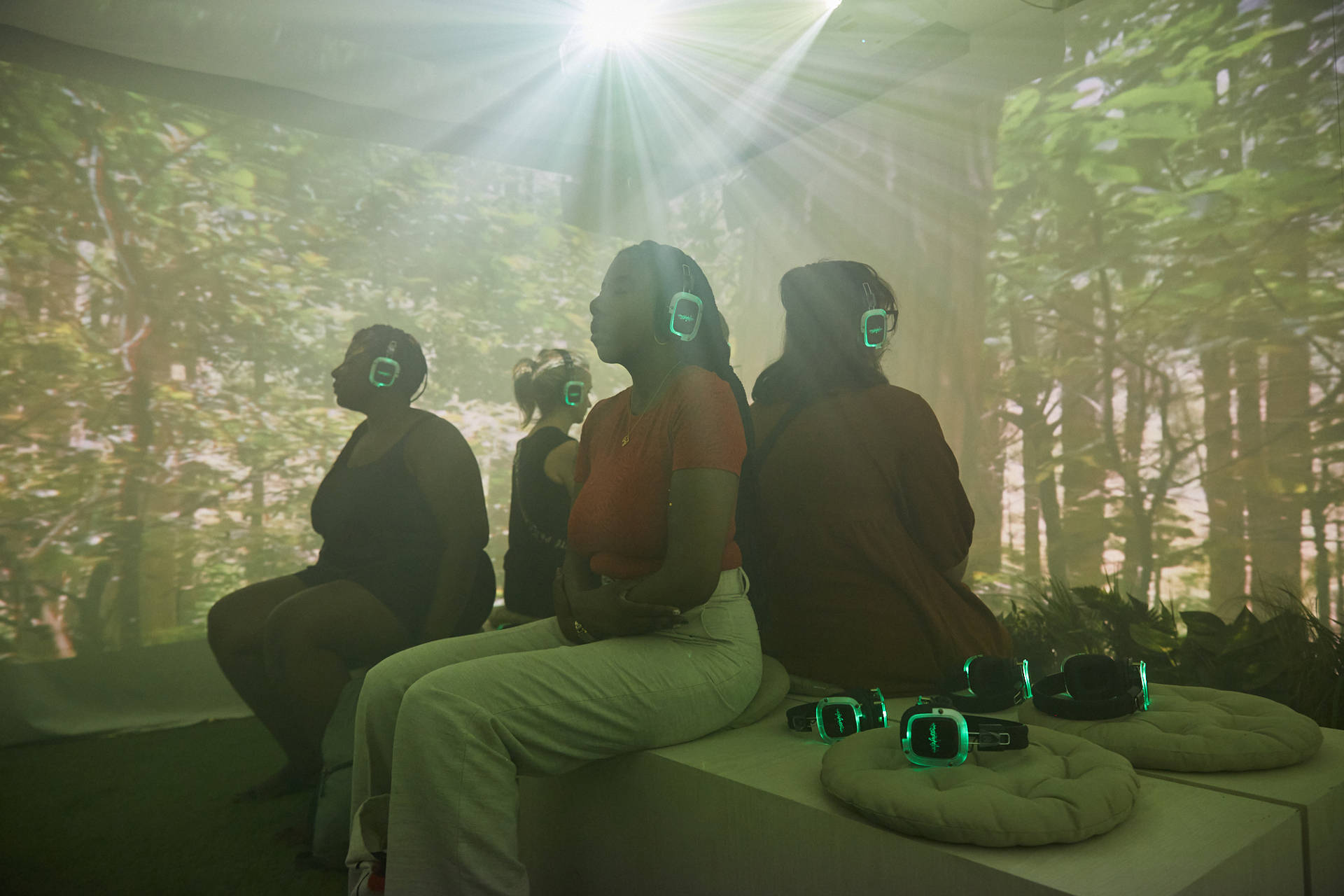
Find out more about Katie's work at Backlash.







